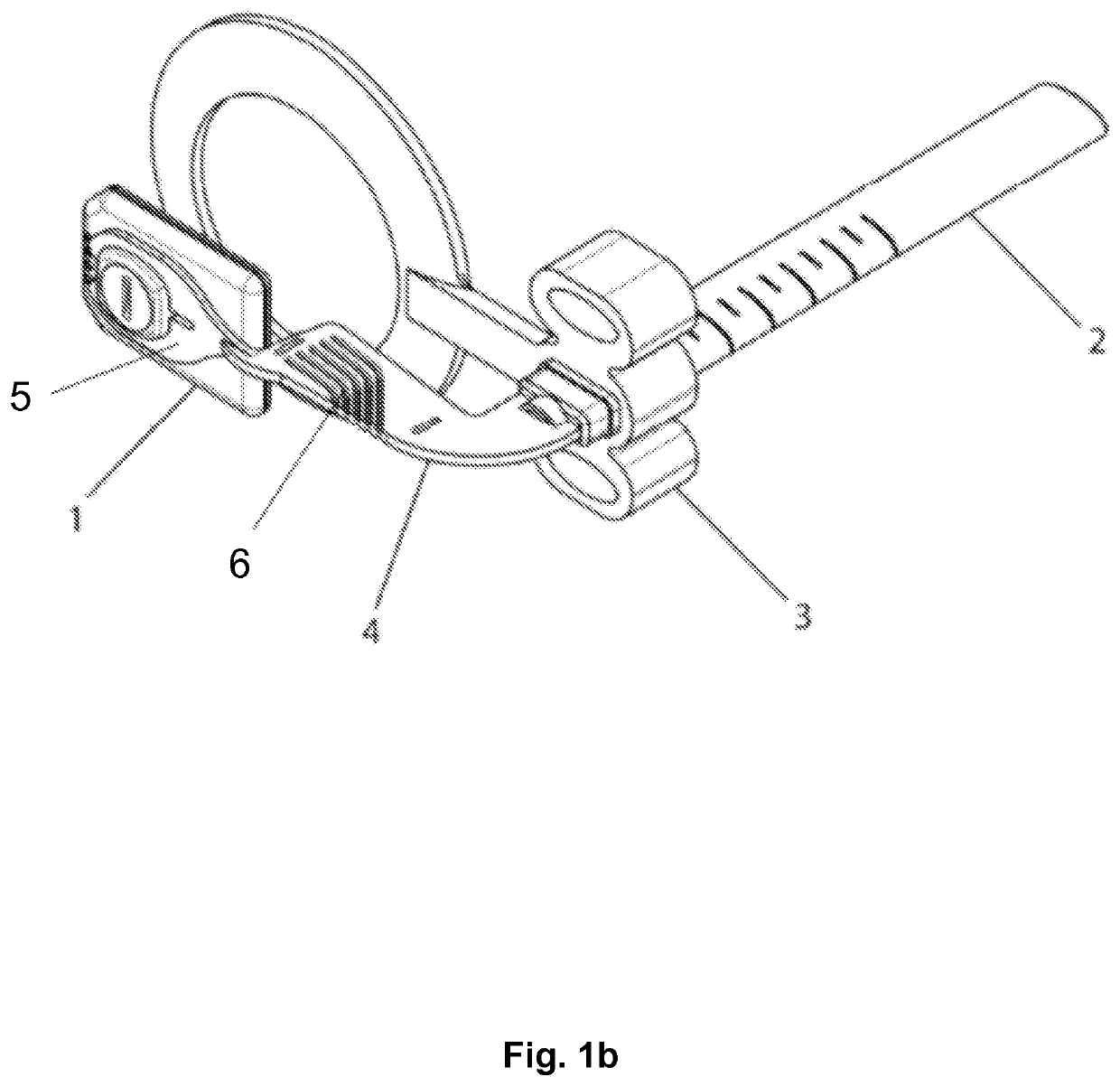Wireless intra oral sensor holder
a sensor and wireless technology, applied in the field of intraoral xray imaging sensors, can solve the problems of causing pain, sheer pain, pain and discomfort, and the bracket is holding up, so as to reduce the signal, increase the inactive area, and “wasting” useful radiation
- Summary
- Abstract
- Description
- Claims
- Application Information
AI Technical Summary
Benefits of technology
Problems solved by technology
Method used
Image
Examples
Embodiment Construction
[0055]With reference now to the accompanying figures we describe in detail the invention and the preferred embodiments.
[0056]With reference now to FIG. 1a, a direct conversion wireless intraoral sensor comprises a Silicon (Si) direct conversion semiconductor detector substrate 13 bonded to a readout substrate 12 which is an Application Specific Integrated Circuit (ASIC). Typically such readout ASIC substrates comprise Complementary Metal Oxide Semiconductor (CMOS). The Si-CMOS hybrid has an active area sensitive to incoming x-rays. In dental intraoral x-ray imaging there are worldwide three different active area sensors, independently to what is the detector material or detection technique. The three different intraoral sensor categories are: a) size 0 with active area 15-18 mm×20-24 mm, b) size 1 with active area 19-23 mm×28-32 mm and c) size 2 with active area 24-27 mm×33-36 mm.
[0057]With reference to FIG. 1a, we depict a size 2 wireless intraoral x-ray imaging sensor. The Si-CMOS...
PUM
 Login to View More
Login to View More Abstract
Description
Claims
Application Information
 Login to View More
Login to View More - R&D
- Intellectual Property
- Life Sciences
- Materials
- Tech Scout
- Unparalleled Data Quality
- Higher Quality Content
- 60% Fewer Hallucinations
Browse by: Latest US Patents, China's latest patents, Technical Efficacy Thesaurus, Application Domain, Technology Topic, Popular Technical Reports.
© 2025 PatSnap. All rights reserved.Legal|Privacy policy|Modern Slavery Act Transparency Statement|Sitemap|About US| Contact US: help@patsnap.com



